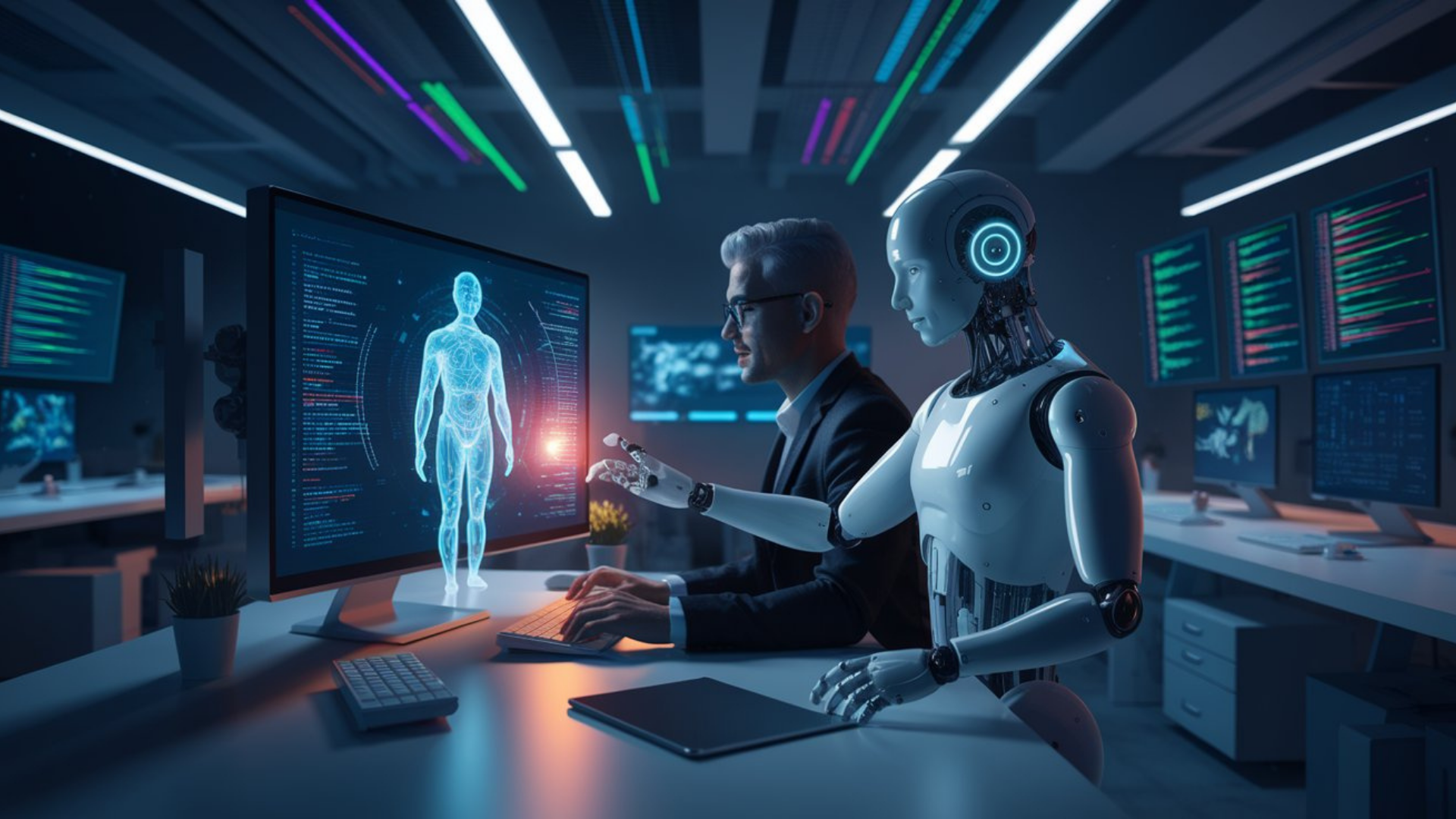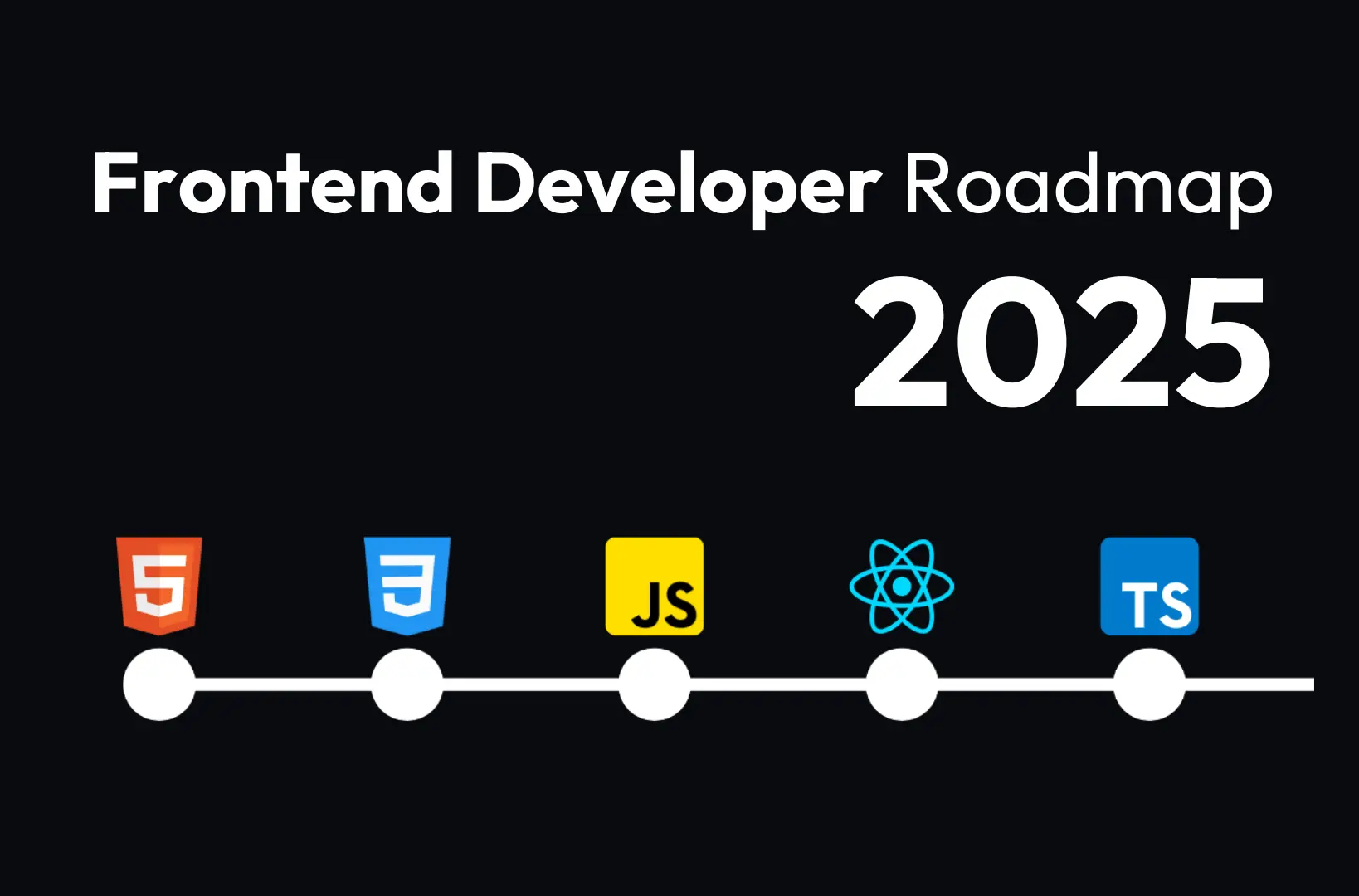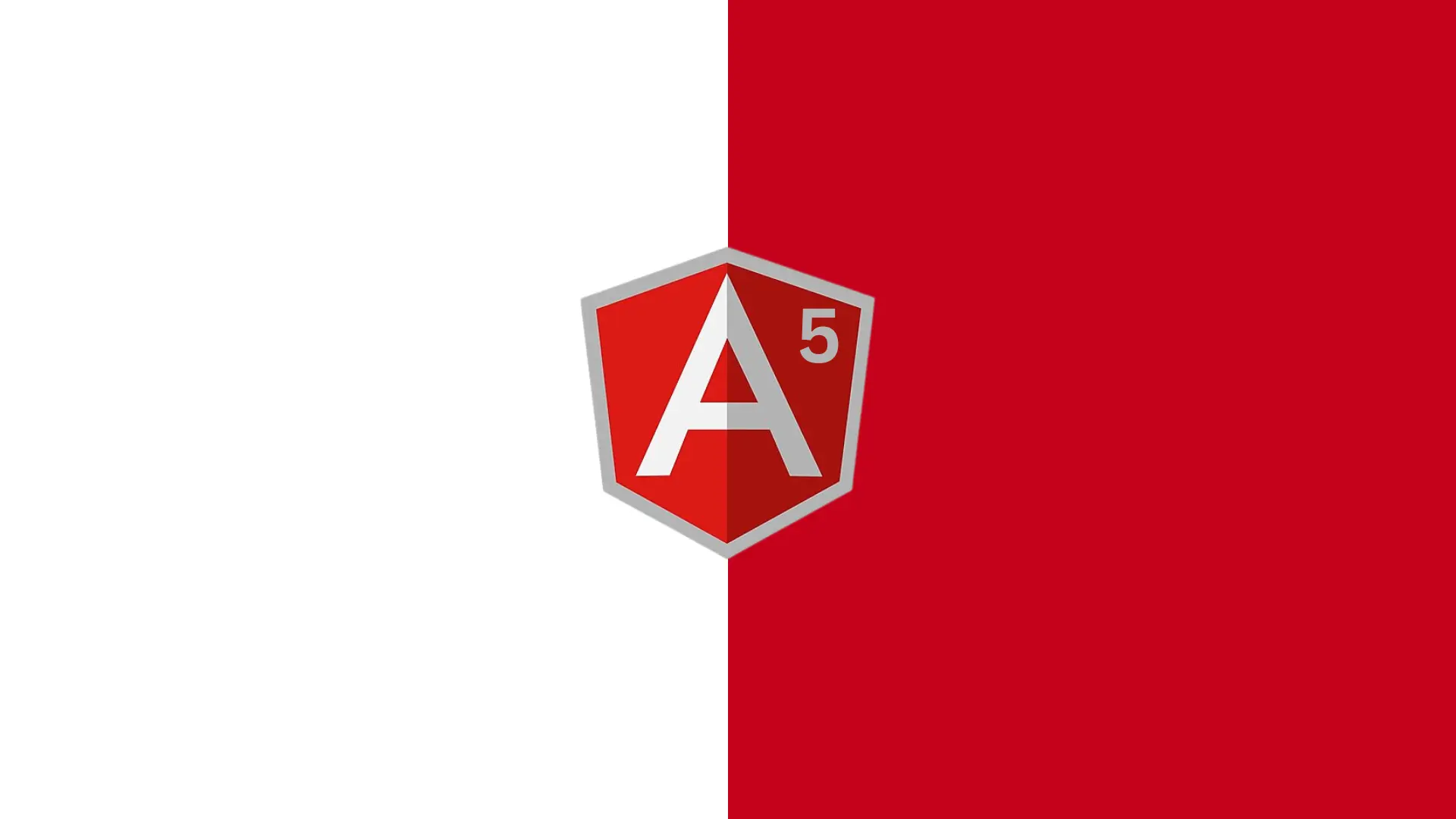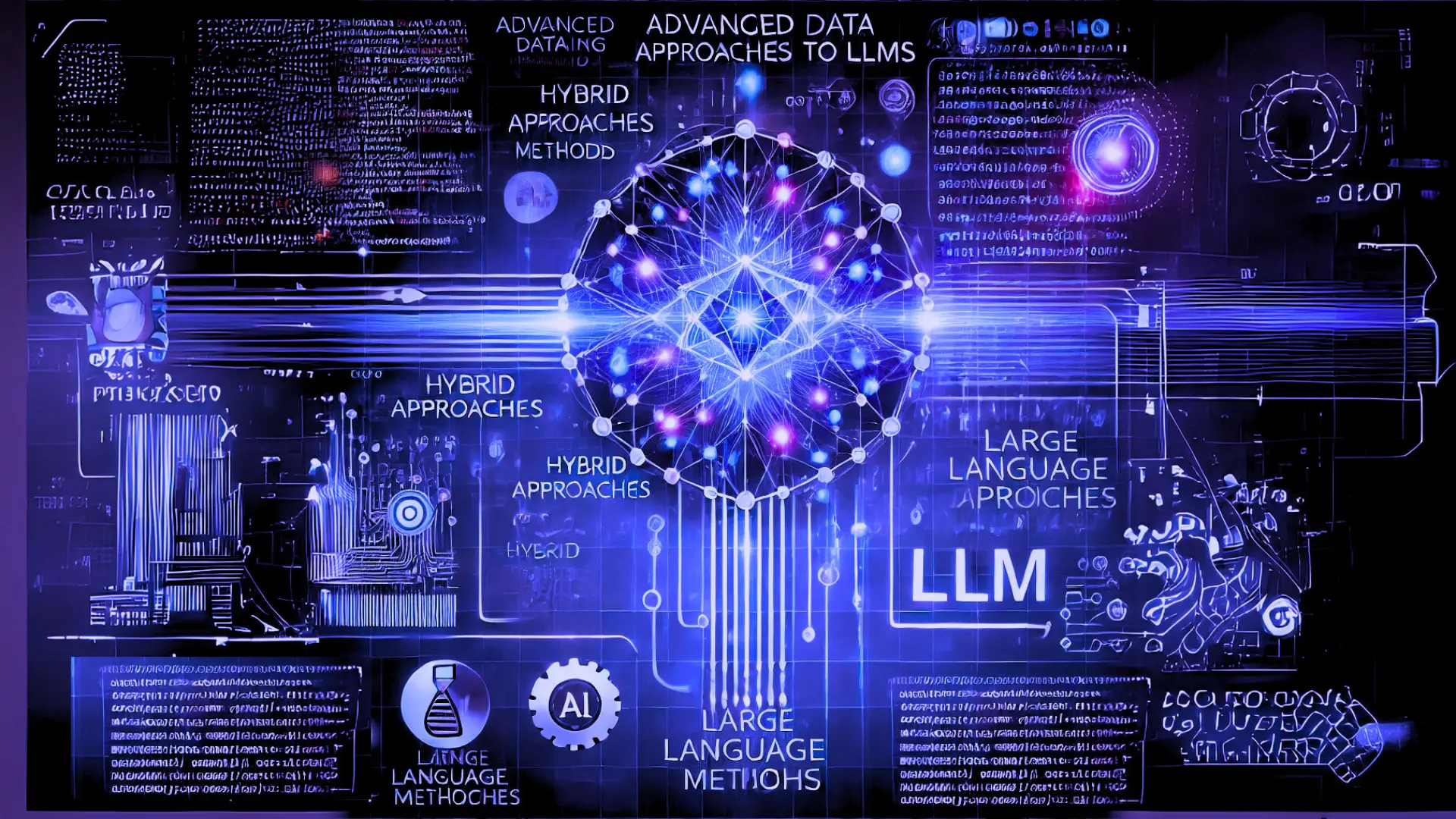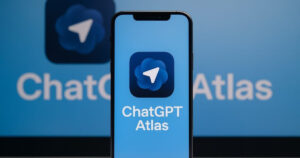Generative AI is rapidly transforming the software development industry. With the rise of advanced AI tools, developers now have an array of powerful assistants at their fingertips that can help them work faster, smarter, and more efficiently. By automating repetitive tasks, enhancing code quality, and accelerating problem-solving, generative AI is revolutionizing the way software engineers approach development.
In this article, we’ll explore how generative AI can increase developer productivity and provide actionable tips from leading software engineers on how to effectively leverage this technology.
What Is Generative AI?
Generative AI refers to algorithms that create new content based on patterns and examples from existing data. Unlike traditional AI, which is primarily focused on recognition or classification tasks, generative AI is capable of producing novel outputs, such as code, images, text, or music. In software development, generative AI can write code, detect bugs, and even optimize algorithms by learning from vast datasets of programming examples.
Some of the leading generative AI tools used by developers include GitHub Copilot and Tabnine. These tools use deep learning models to understand context and generate meaningful code snippets, helping developers reduce the time spent on routine tasks and focus on more complex problem-solving.
Learn more about how AI tools can enhance productivity in your team.
How Generative AI Can Boost Developer Productivity
- Automating Repetitive Coding Tasks
One of the most significant benefits of generative AI is its ability to automate repetitive and mundane coding tasks. Writing boilerplate code, refactoring existing code, and managing documentation can be time-consuming and tedious for developers. AI-powered tools can automatically generate these elements, saving developers hours of work.
For instance, GitHub Copilot can suggest entire lines of code based on a developer’s input, allowing for faster completion of tasks. This enables developers to focus on more important aspects of their projects, such as writing complex algorithms and solving business problems.
Learn more about the tools we offer to streamline your workflow.
- Accelerating Debugging and Code Review
Generative AI can assist developers in debugging code by identifying errors and suggesting solutions. This reduces the time spent manually reviewing code and fixes common mistakes, ensuring higher code quality.
AI tools like DeepCode and Codex can scan a developer’s codebase for vulnerabilities and performance issues, offering suggestions for optimization. This real-time feedback helps developers catch bugs early in the process and ensures that they adhere to best practices.
For tips on improving your code review process and ensuring best practices, check out our detailed guides.
- Improving Code Quality and Efficiency
Generative AI can help developers write cleaner, more efficient code by learning from vast datasets of existing codebases. These tools not only help developers with syntax but also provide suggestions for improving the structure, readability, and performance of their code.
By adopting AI-driven tools that suggest best practices, developers can create code that is more maintainable, scalable, and secure. For example, Tabnine provides auto-completions that follow industry standards, ensuring that developers don’t need to spend time researching the latest coding practices.
Explore our code quality tools to further enhance your development workflow.
- Enhancing Collaboration Between Teams
Generative AI tools make it easier for teams to collaborate on large projects by providing a shared coding environment. AI-powered code review systems can help ensure that all team members follow the same coding standards, reducing friction between developers and promoting a collaborative atmosphere.
Additionally, generative AI can generate documentation based on code, making it easier for teams to understand and collaborate on projects without wasting time on manual documentation writing. This can lead to faster project timelines and a more efficient development process.
For collaboration best practices, check out our guide to team productivity.
Tips for Using Generative AI Effectively
- Integrate AI Tools Into Your Workflow
To fully benefit from generative AI, developers should integrate AI tools into their existing workflows. For instance, tools like GitHub Copilot and Tabnine can be easily added to code editors such as Visual Studio Code, enabling real-time code suggestions and completions as developers work.
By setting up these tools from the beginning of a project, developers can get accustomed to receiving suggestions and feedback, streamlining their development process from day one.
For integration tips, check out our step-by-step guide on integrating AI tools.
- Customize AI Models to Fit Your Needs
Many generative AI tools offer customization options that allow developers to fine-tune the models for their specific use cases. For example, if you’re working on a project that requires unique coding conventions, you can train your AI model to understand those conventions and provide suggestions accordingly.
Customizing AI models can significantly improve the quality of the generated code, making it more aligned with your project’s requirements and standards.
For more information on AI customization, see our expert advice.
- Use AI for Code Optimization
Generative AI tools can be particularly useful for optimizing code. AI models can analyze code and suggest improvements for performance, security, and readability. For instance, tools like Codex can identify areas where code can be optimized to run more efficiently, leading to faster applications and lower resource usage.
Developers can leverage AI to automatically refactor code, improving both its quality and execution speed without manual intervention.
Check out our optimization resources to learn how AI tools can enhance your code.
- Focus on Collaboration and Communication
While generative AI is a powerful tool, it is essential to remember that it complements human intelligence rather than replacing it. Developers should use AI to automate routine tasks but continue focusing on creative problem-solving, system design, and collaboration with team members.
AI tools can enhance communication by generating documentation, offering code suggestions, and reviewing team code for consistency. This fosters smoother collaboration and ensures that projects stay on track.
For more on fostering team collaboration, visit our resource center.
- Stay Updated With New AI Features
Generative AI is a rapidly evolving field, and new features and updates are constantly being released. Developers should stay informed about the latest advancements in AI technology to take advantage of new capabilities as they become available.
For example, keeping up with GitHub Copilot’s ongoing improvements can help developers make the most of new features like better contextual understanding or support for additional programming languages.
Stay ahead by visiting our AI advancements blog for the latest updates.
Challenges and Considerations When Using Generative AI
While generative AI offers numerous benefits, developers must be mindful of several challenges when integrating AI into their workflows.
- Dependence on AI Tools
Over-reliance on AI-generated code can sometimes lead to a lack of understanding of the underlying logic. Developers must ensure they have a solid grasp of the principles behind their code and use AI tools as a supplement rather than a crutch. - AI Bias and Security Risks
Generative AI tools can sometimes produce biased or insecure code, as they learn from large datasets that may contain flaws. Developers must review AI-generated code thoroughly to ensure that it meets security standards and does not introduce vulnerabilities. - Data Privacy Concerns
Some AI tools require access to large codebases, which may raise data privacy concerns. Developers should be cautious when using third-party tools, especially when working with sensitive or proprietary code, and ensure that proper security measures are in place.
Conclusion
Generative AI has the potential to significantly boost developer productivity by automating repetitive tasks, improving code quality, and enhancing collaboration. By integrating AI tools into their workflows, developers can streamline their processes and focus more on solving complex problems. However, to make the most of these tools, developers must remain aware of the challenges and best practices for using generative AI effectively.
As AI continues to evolve, its role in software development will only grow, and staying ahead of the curve will be essential for developers.

Zuruiz is a Content Contributor at Technado, focusing on digital marketing and development. He combines creative strategies with technical proficiency to deliver engaging and results-driven content.
